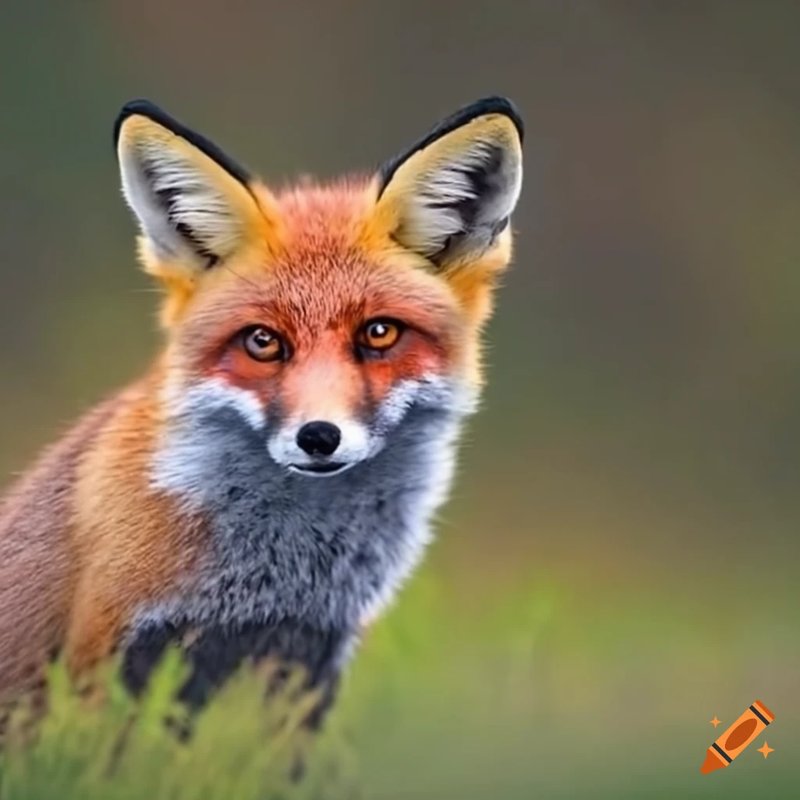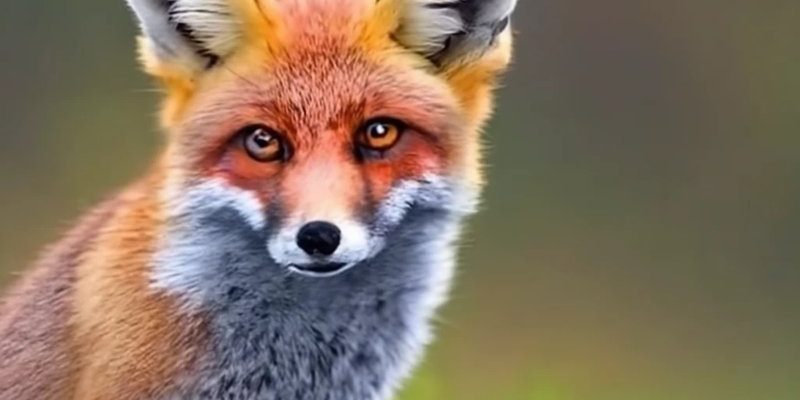
In the grand scheme of nature, everything intertwines—plants, animals, and even humans. Foxes fit into this web beautifully. They’re not just predators; they’re also prey, scavengers, and sometimes even garden helpers. So, grab your coffee, and let’s dive into the intriguing world of foxes and uncover their importance in the ecosystem.
Understanding the Basics of Foxes
Foxes belong to the Canidae family, which also includes dogs, wolves, and other canines. There are several species of foxes around the world, but the **red fox** is the most common and widely recognized. With their bushy tails and pointed ears, red foxes thrive in a variety of habitats, from forests to grasslands and even urban areas.
You might be wondering, what’s so special about foxes? Well, aside from their adorable looks, these animals are incredibly adaptable. Their ability to adjust to different environments helps them thrive, making them a successful species in many regions. Just like a friend who knows how to fit into any social circle, foxes can find their niche no matter where they are.
The Predator-Prey Connection
One of the primary roles of foxes in their ecosystem is as **predators**. They help control populations of smaller animals, like rodents, rabbits, and birds. By keeping these populations in check, foxes ensure that no single species dominates the landscape. This balance is vital for the health of ecosystems.
Think of it like a game of chess. Every piece has its place and purpose. If one piece is taken out, the whole game shifts. Similarly, without foxes, there could be too many small animals, leading to overgrazing and depletion of plant life. This could result in habitat loss and a decline in biodiversity.
Scavengers and Cleaners of the Wild
Foxes are also known for their scavenging habits, and this is where they truly shine as nature’s cleanup crew. They’ll eat whatever is available, including carrion—dead animals that other predators leave behind. This scavenging behavior helps recycle nutrients back into the ecosystem.
By consuming dead animals, foxes prevent the spread of disease and help maintain a cleaner environment. Imagine if you let food sit out too long—it would attract pests and create a mess. Foxes help avoid that by taking care of leftovers in the wild, ensuring that ecosystems remain clean and healthy.
Supporting Biodiversity
Biodiversity refers to the variety of life in a particular habitat. Foxes contribute to this diversity by being part of the food web. They are prey for larger animals like eagles and mountain lions, creating a balanced chain of life. When foxes thrive, they support various other species within their habitat, from plants to insects.
You might think of foxes as the middle managers of nature. They control rodent populations, which in turn affects plant growth. A diverse range of plants can support other animals, creating vibrant ecosystems. This interconnectedness highlights why protecting foxes and their habitats is essential for maintaining biodiversity.
Foxes and Their Human Interaction
Interestingly, foxes have also adapted to living near humans. Urban foxes are becoming increasingly common, finding food in gardens and parks. While this might seem cute, it also raises questions about how we coexist with wildlife.
Dealing with foxes in urban areas can lead to problems, like them raiding trash bins or snatching pets. However, it’s essential to remember that these animals are simply trying to survive. Creating fox-friendly spaces—like preserving natural areas in cities—can help us coexist peacefully.
Conservation Efforts and Challenges
Despite their adaptability, foxes face various threats. Habitat loss due to urbanization, hunting, and climate change puts pressure on their populations. Conservation efforts are crucial for protecting habitats and promoting fox-friendly practices.
Local organizations often engage in community education about the role of foxes and how to help them thrive. Simple actions, like creating wildlife corridors or advocating against excessive hunting, can make a big difference. Think of it as cheering your team on in a big game; every little effort counts!
The Future of Foxes in Our Ecosystem
As we look ahead, the role of foxes in the ecosystem remains vital. Their presence helps maintain balance, supports biodiversity, and fosters a cleaner environment. By understanding and appreciating foxes, we can better protect them and their habitats.
Here’s the thing: if we want healthy ecosystems, we must recognize the interconnected roles of every species. Foxes may not wear capes like superheroes, but they certainly do their part to keep our world functioning smoothly.
In closing, the fox’s role in its ecosystem is a beautiful example of nature’s complexity and balance. By learning more about these fascinating creatures, we can better appreciate their place in our world and take steps to ensure they continue to thrive alongside us. So, the next time you see a fox, take a moment to consider all the important work they do behind the scenes.

